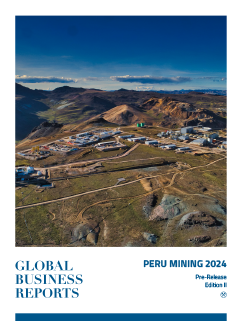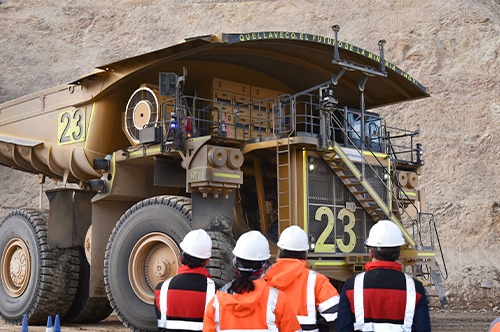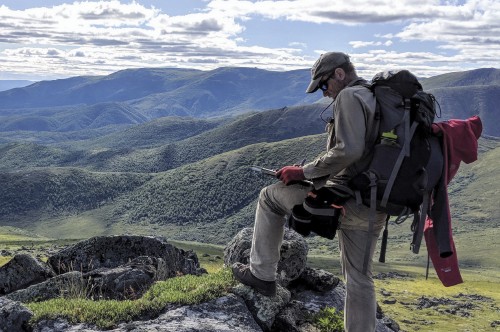
PUBLICATION
Peru Mining 2024 Pre-Release II
As the second half of 2024 approaches, Peru stands at a crossroads. According to the latest figures, the Democratic Republic of Congo has surpassed Peru as the second-largest copper producer. Cabinet changes under Boluarte's administration and ongoing corruption cases have taken a toll on investor confidence, and illegal mining remains a pressing issue. However, not everything is lost for the Andean country, and the mining sector presents growth opportunities.
Both copper and gold are flirting with record-high prices, which should incentivize new projects and spur junior exploration. The new Minister of Mines and Energy, Rómulo Mucho, has set ambitious targets, aiming for copper production to reach 3 million metric tons by 2024. Additionally, key projects in the pipeline are moving forward: Zafranal has received approval for its Environmental Impact Assessment (EIA), Antamina has been granted an extension for its Modification of the Environmental Impact Study (MEIA), and Buenaventura has obtained approval for the EIA for its Yumpag project. Other projects, such as Corani and Romina, require their respective companies to address financial concerns before progressing with the projects.
In this context, producers and various stakeholders across the mining value chain are leveraging Peru's advantages, such as a relatively green energy mix, a robust talent pool, and a diverse array of local contractors capable of servicing large-scale projects like Quellaveco, Las Bambas, Antamina, and Minsur. These factors help bring state-of-the-art technologies to optimize operations.
After 115 interviews and four months of on-the-field research, this second pre-release version of GBR's Peru Mining 2024 offers a holistic analysis with insights from leading C-executives across the entire mining value chain to present a comprehensive view of Peru's current opportunities and the importance of mining for the country's future.













